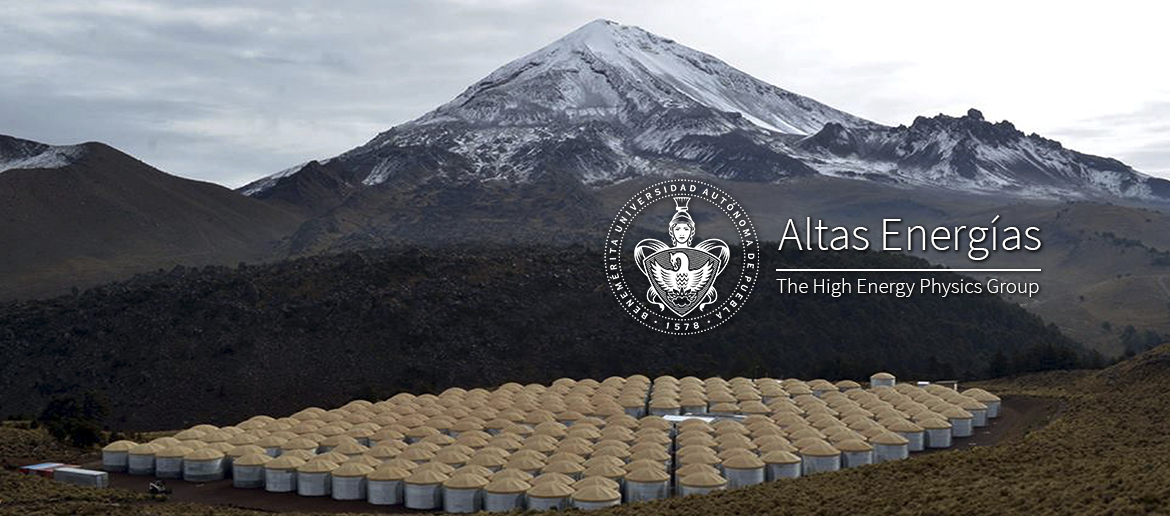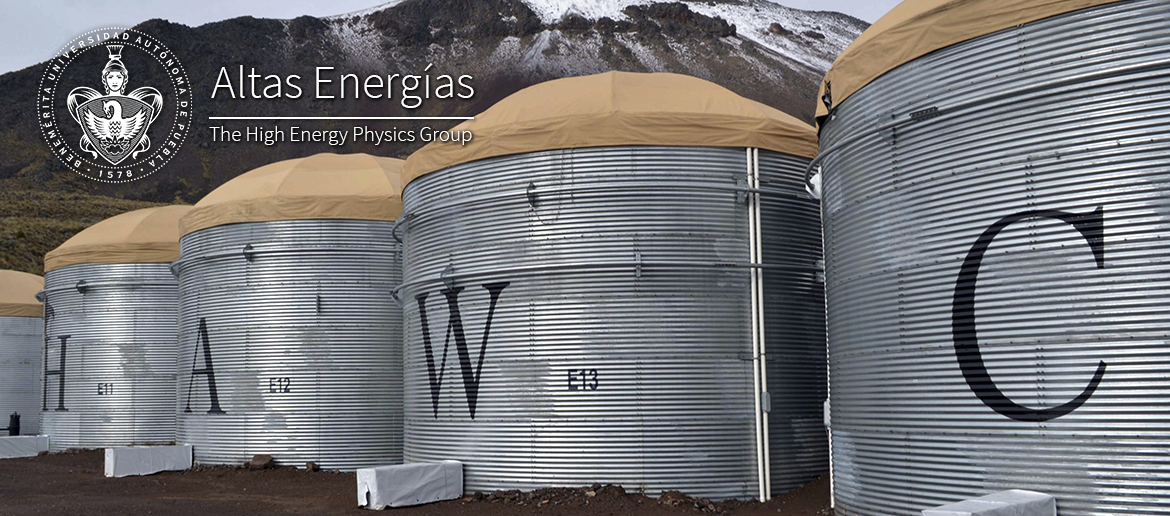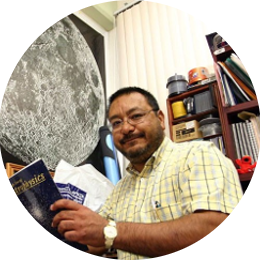Research Group
The Experimental High Energy Physics group of BUAP has reached a solid degree of maturity in its theoretical and its experimentalthe area, as well as in the use of high-performance computing tools.
It maintains collaboration and presence at international level and its contributions have outstanding indices of readership. Its development is the product of work carried out for over twenty years on topicsissues from High Energy Cosmic Rays and the Higgs boson physics and the Quark Top to Standard Model Eextensions that include candidates for dark matter. Their participation in experiments such as In the experimental area, the participation in the Compact Muon Solenoid of the Large Hadron Collider, the and in High Energy Astrophysics, such as the Pierre Auger Observatory and the High Altitude Water Cerenkov Observatory is well recognized and appreciated by the international community outstanding.








